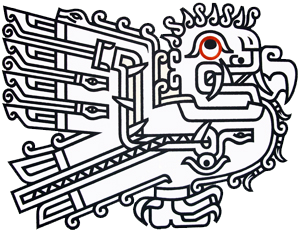Description
Travesía beach near Puerto Cortés, Honduras, on the Caribbean coast. This is probably the same landscape that Christopher Columbus saw when he landed on the mainland in 1502 during his fourth and final voyage. This coast is exposed to the Atlantic trade winds. The temperature is very high and rainfall is abundant throughout the year. These two factors allow an exuberant and varied vegetation to develop. All the species typical of tropical regions are represented here. The sea is full of fish, and the beach is home to many animals such as turtles, which frequent the area especially when they lay their eggs. In the thick forest nearby, criss-crossed by numerous rivers, wild animals abound, including jaguars, ocelots, tapirs, agoutis, deer, marsupials, reptiles, as well as a multitude of monkeys and birds that are a delight to naturalists. - 1977
Description
Travesía beach near Puerto Cortés, Honduras, on the Caribbean coast. This is probably the same landscape that Christopher Columbus saw when he landed on the mainland in 1502 during his fourth and final voyage. This coast is exposed to the Atlantic trade winds. The temperature is very high and rainfall is abundant throughout the year. These two factors allow an exuberant and varied vegetation to develop. All the species typical of tropical regions are represented here. The sea is full of fish, and the beach is home to many animals such as turtles, which frequent the area especially when they lay their eggs. In the thick forest nearby, criss-crossed by numerous rivers, wild animals abound, including jaguars, ocelots, tapirs, agoutis, deer, marsupials, reptiles, as well as a multitude of monkeys and birds that are a delight to naturalists. - 1977





